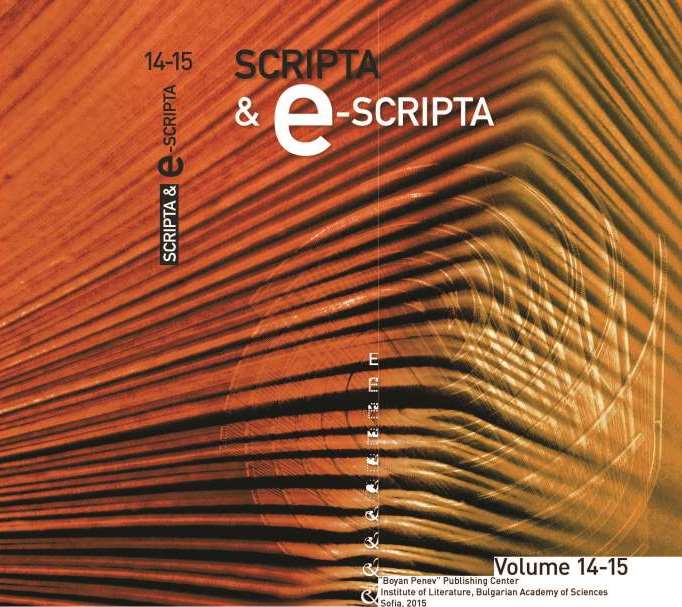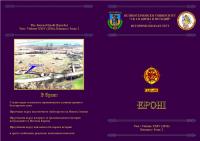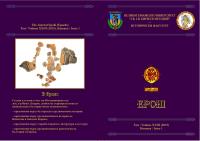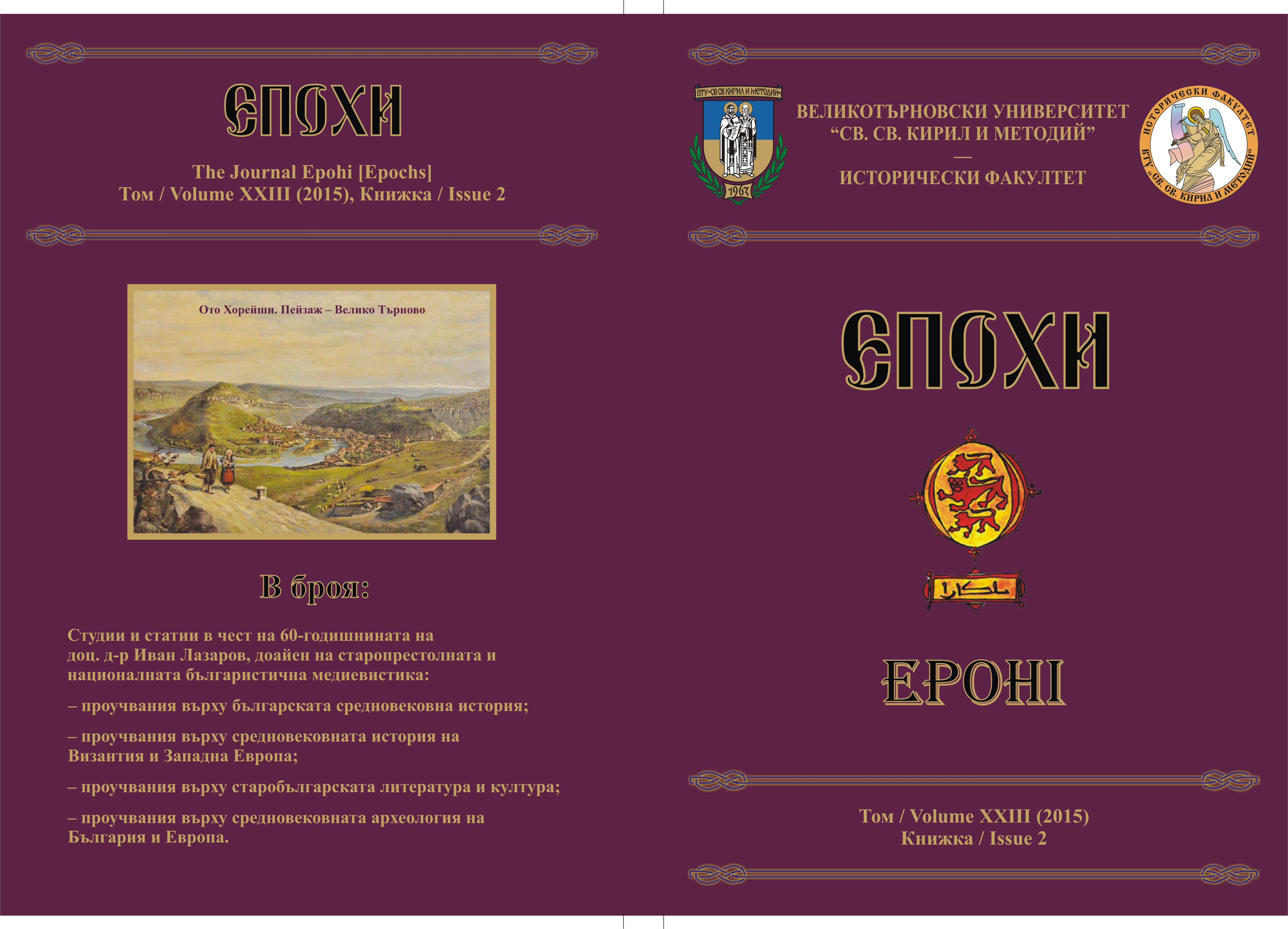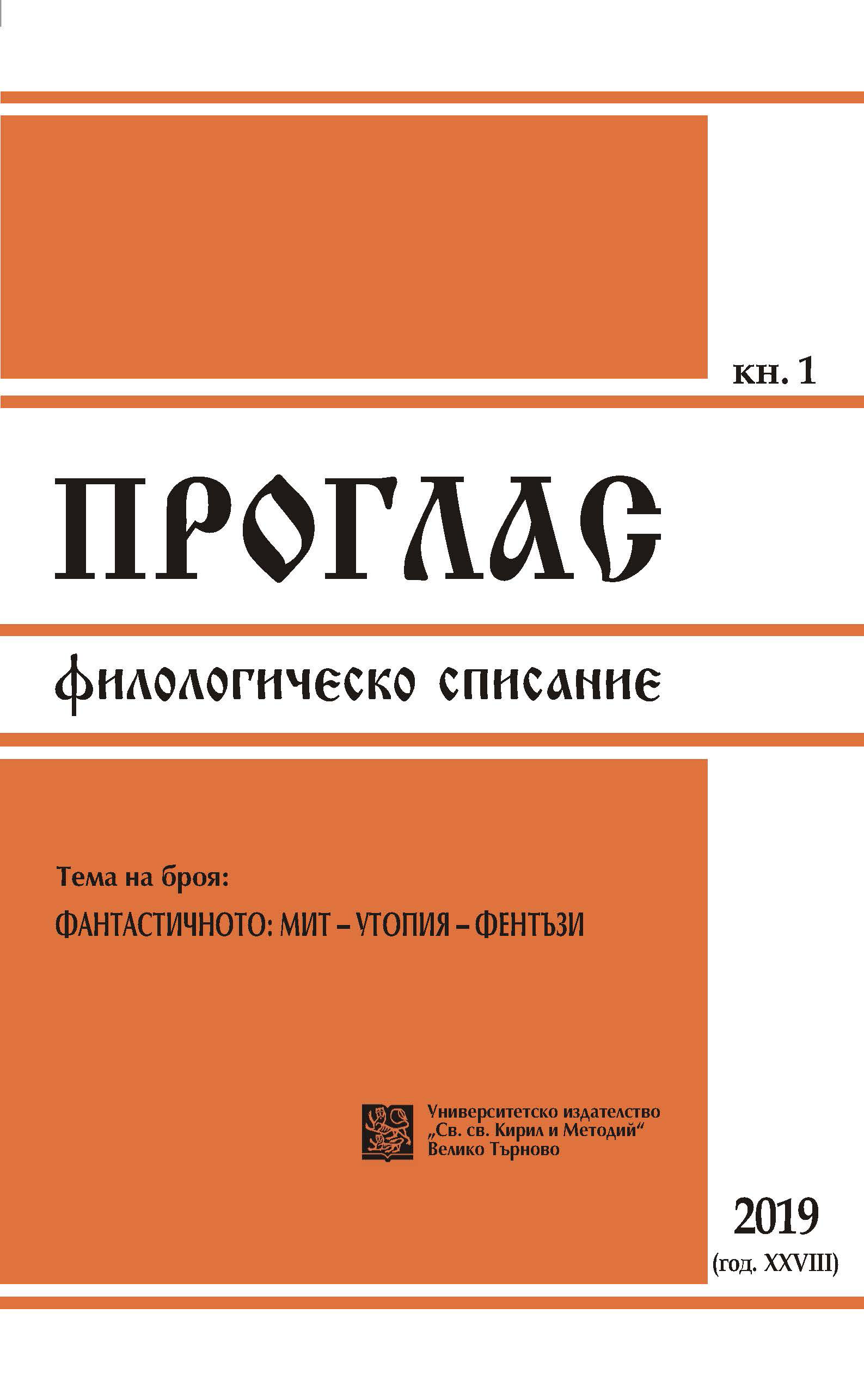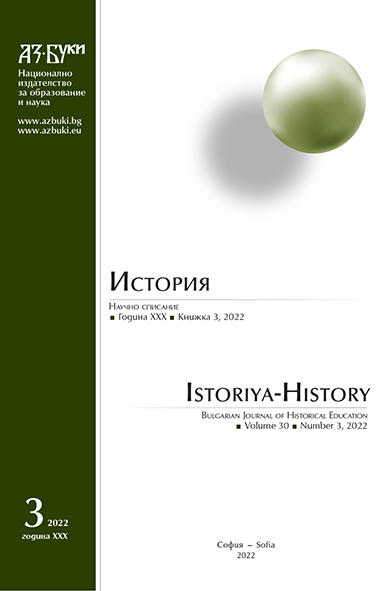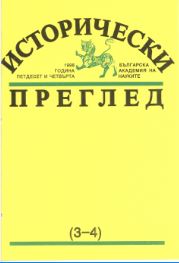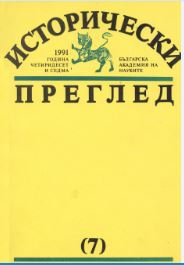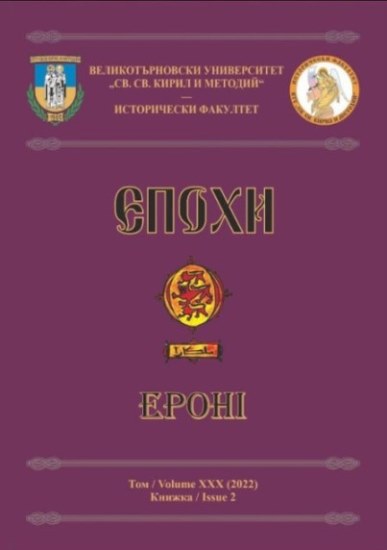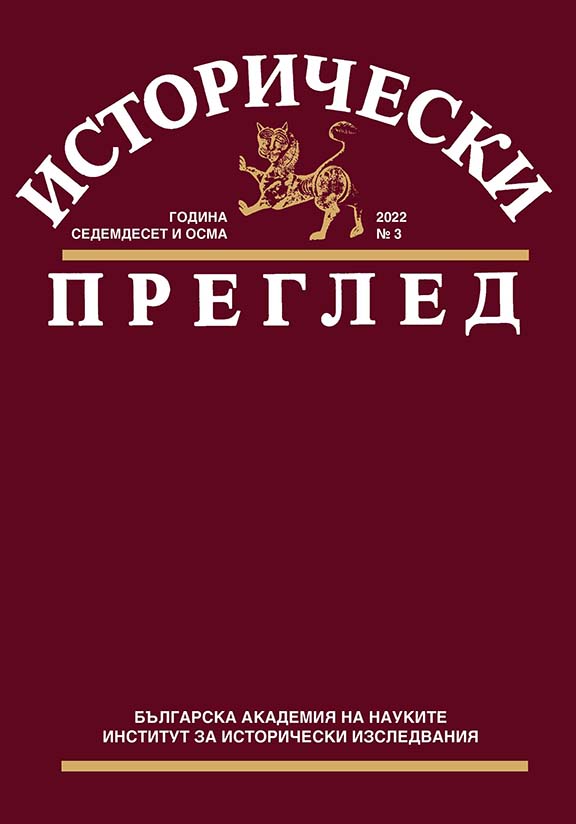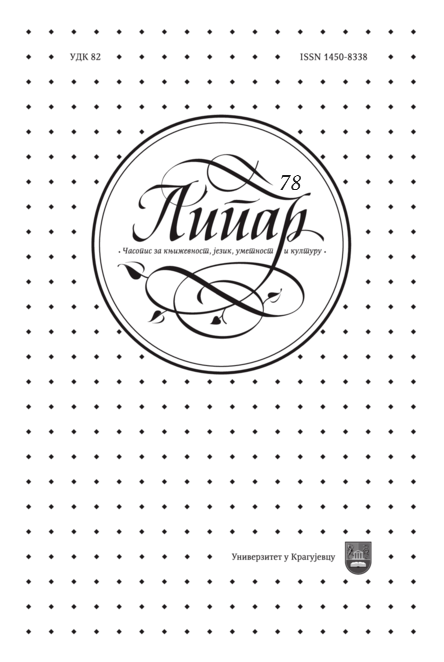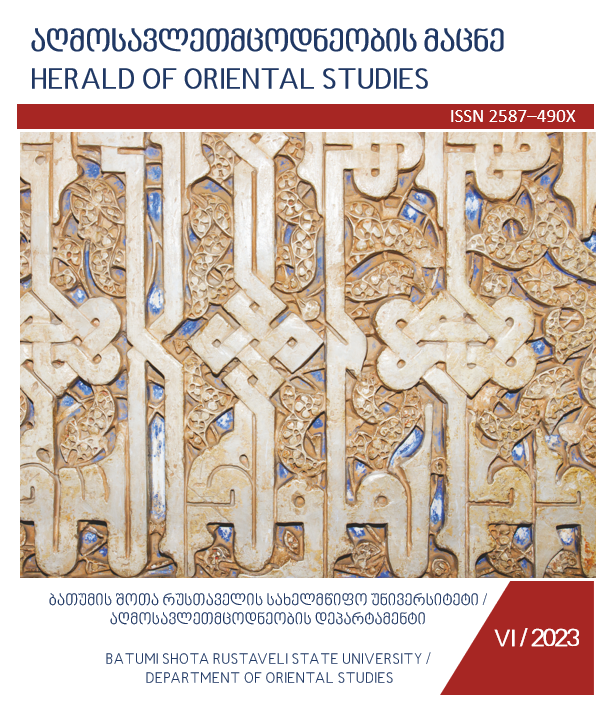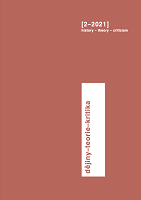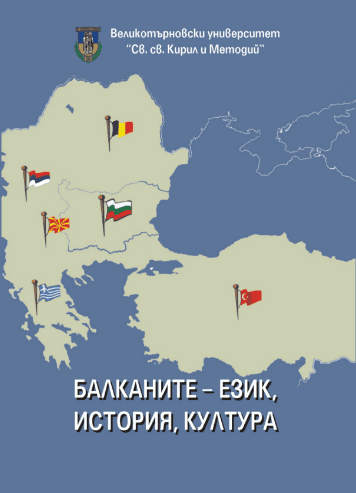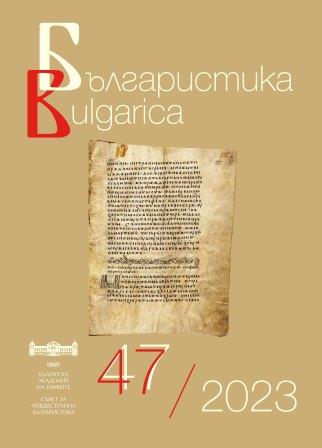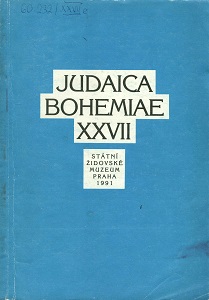Author(s): Vladimir Sadek,Jiřina Šedinová,Anita Franková,Alexandr Putík / Language(s): English,French,German
Issue: 1+2/1991
Review of:
Milada Vilímková: Le ghetto de Prague. Prague, Artia 1990, 231 pages;
Josef Krása, České iluminované rukopisy 13./16. století (Böhumische illuminierte Handschriften des 13./16. Jahrhunderts) - Praha, Odeon, 1990, 456 Seiten;
Milan Kuna, Hudba na hranici života (Musik an der Grenze des Lebens) Praha, Naše vojsko, 199;
Martin Buber, Chasídská vyprávění (Récits hassidiques) Traduit de l’allemand par Alena Bláhová, Prague 1990, éditions Kalich, 575 page;
Vladimir Lipscher: Zwischen Kaiser, Fiskus, Adel, Zünften: Die Juden im Habsburgerreich des 17. und 18. Jahrhunderts am Beispiel Böhmens und Mährens. Abhandlung zur Erlangung der Doktorwürde der Philosophischen Fakultät I der Universität Zürich. Zürich, Zentralstelle der Studentenschaft, 1983, 298 Seite;
The Feast and the Fast. The dramatic personal story of the Tosfos Yom Tov Zt”L. Prepared by Rabbi C.U. Lipschitz and Dr. Neil Rosenstein, New York — Jerusalem 1984, 75 pp., 41 genealogical charts;
Kieval, Hillel J.: The Making of Czech Jewry. National Conflict and Jewish Society in Bohemia 1870—1918. New York — Oxford, Oxford University Press, 1988, 279 pp.
The Kaufmann Haggadah. A 14th Century Hebrew Manuscript from the Oriental Collection of the Library of the Hungarian Academy of Sciences. Budapest, Kultura International, 1990. (Facsimile, 60 folios; introductory study by Gabrielle Sed-Rajna, 23 pp.)
More...
